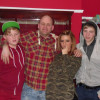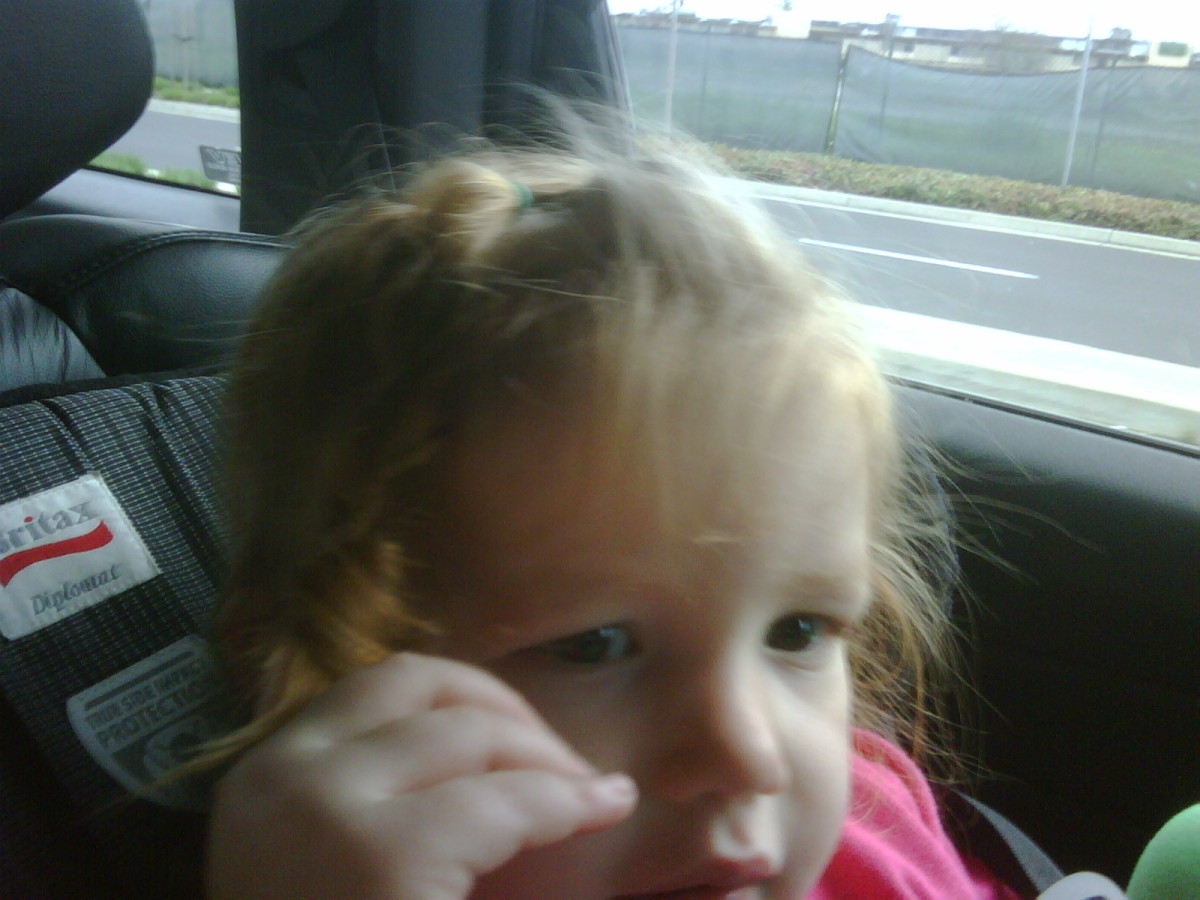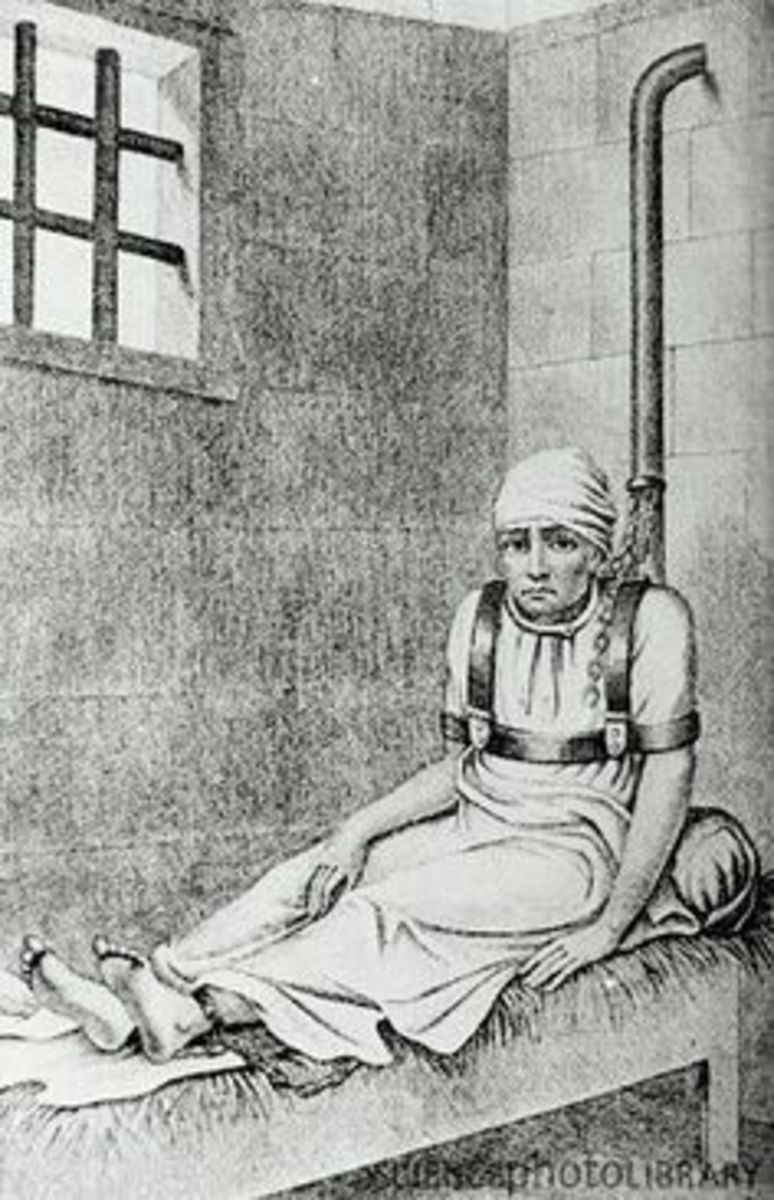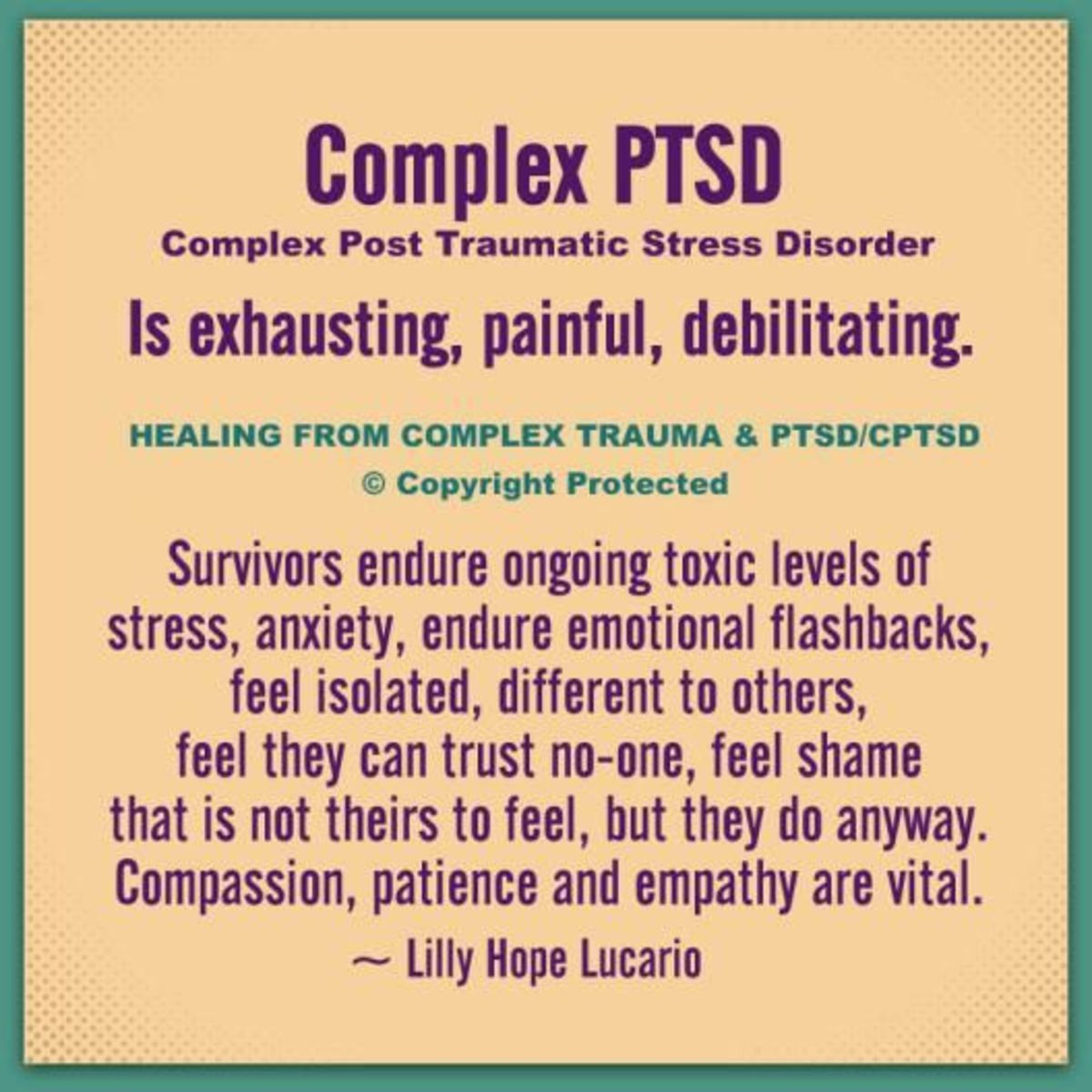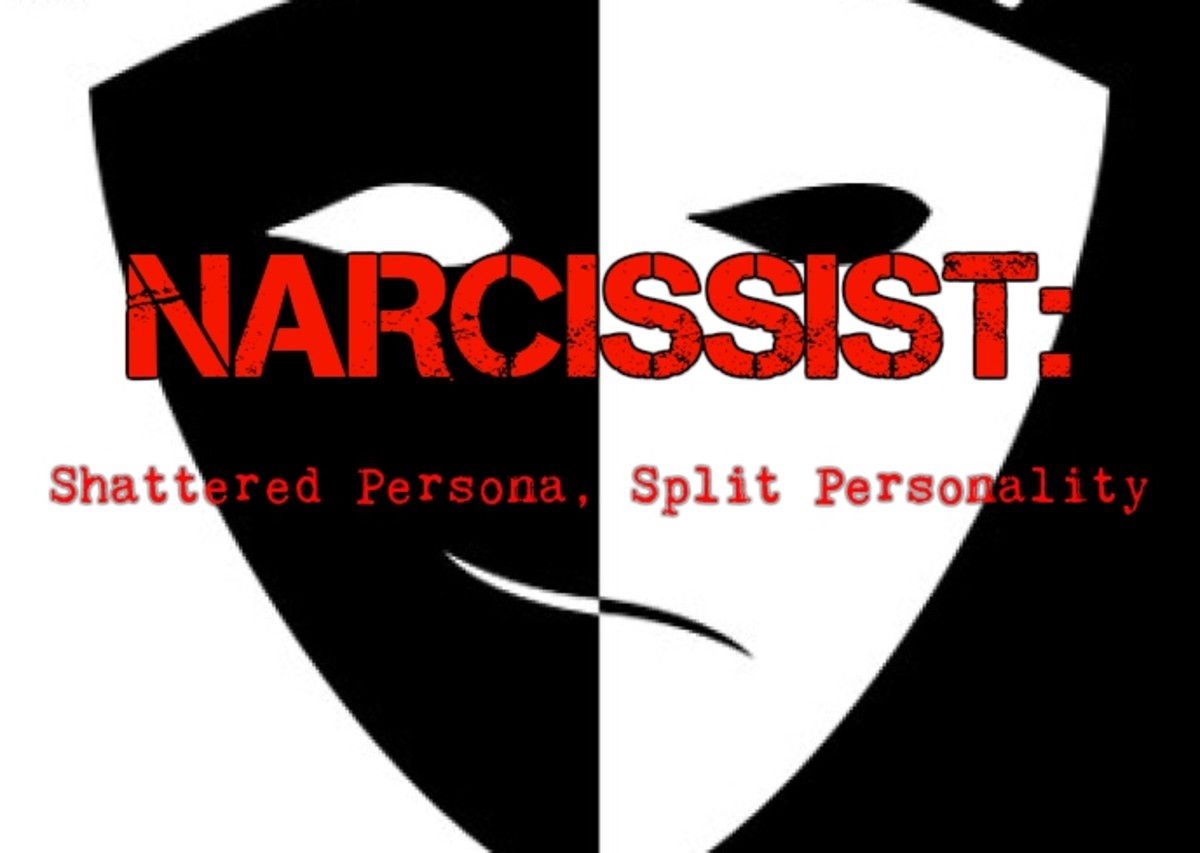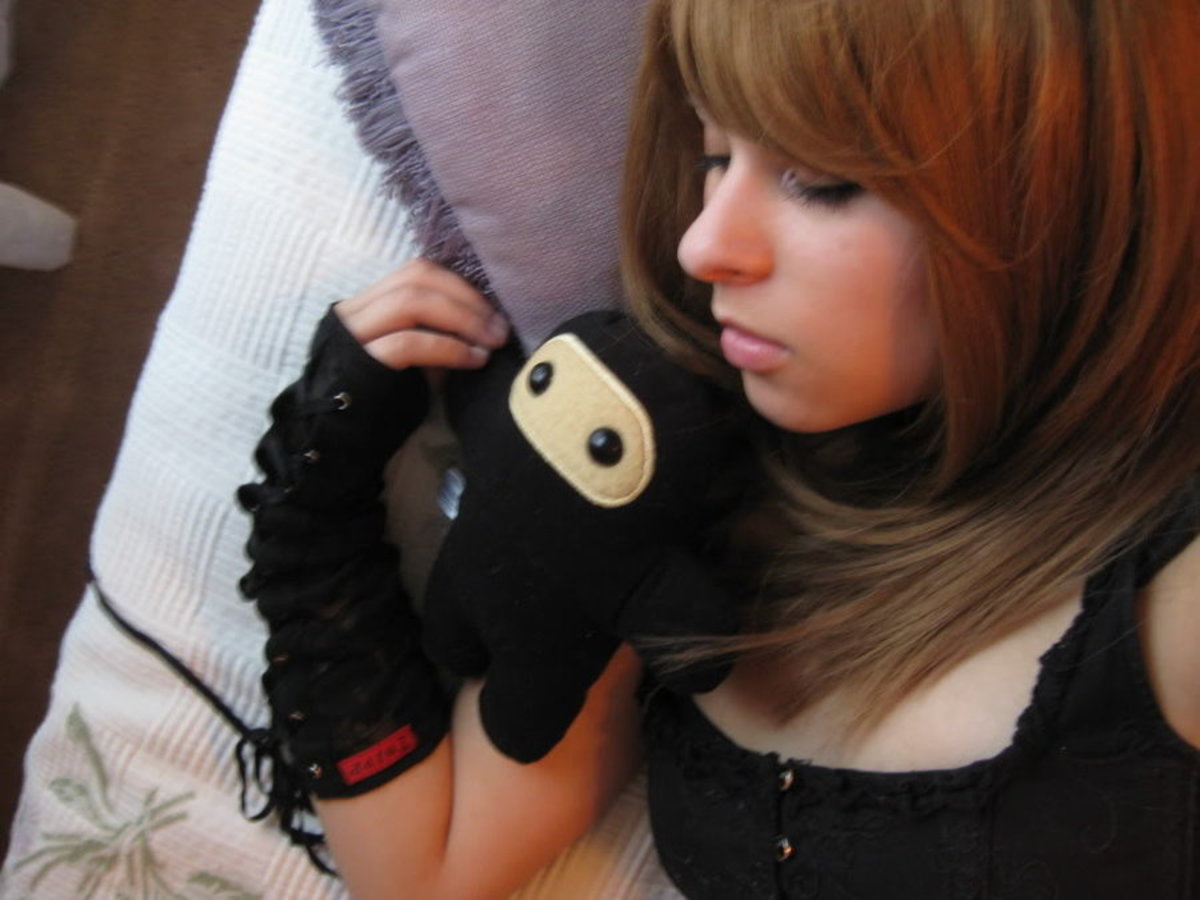Trichotillomania

What Is Trichotillomania? Treatment/Symptoms/Causes/Cure
Trichotillomania or Trich for short is a type of psychological condition that involves strong urges to pull out one's own hair.
Doctors used to believe trichotillomania was rare. But that thinking is now changing as experts gain a better understanding of the condition and more people come forward for help. Trichotillomania affects more girls than guys. Most people who have it develop it during adolescence. But trichotillomania can start in kids as young as 1 year old.
Trichotillomania is a long-term condition in which people pull their hair out. It may be hair on the head or hair in other places, such as the eyebrows or eyelashes. This leads to bald patches (alopecia).
Trichotillomania is an impulse-control disorder. This means it is a psychological condition where you are not able to stop yourself carrying out a particular action. You will feel an intense urge to pull your hair out and growing tension until you do. After pulling your hair out, you will feel a sense of relief.
Some people see trichotillomania as a type of addiction; the more you pull your hair out, the more addicted you become to this.
Trichotillomania may also be seen as a reflection of a mental health problem; for example, as a way to seek temporary relief from emotional distress.
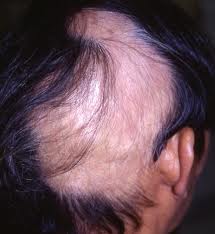
Trichotillomania Symptoms
Most Symptoms Associated With Trichotillomania
Most people with trichotillomania pull out hair from their scalp, but some pull out hair from their:
*eyebrows
*eyelashes
*genital area
*underarm area
*arms
*legs
*chest or tummy
*face (such as a beard or moustache)
People with trichotillomania feel an intense urge to pull their hair out and growing tension until they do. After pulling their hair out, they feel a sense of relief.
The hair pulling may be done in response to a stressful situation, or without really thinking about it.
Psychological symptoms
Trichotillomania can cause negative feelings, such as guilt. You may feel embarrassed or ashamed about pulling your hair out, and may try to deny it or cover it up. Trichotillomania can also make you feel unattractive and may lead to low self-esteem.
Emotional distress
Trichotillomania may be a reflection of emotional or psychological (mental) distress, although the person with trichotillomania may not always be aware of this. For example, trichotillomania may be a way to cope with feelings of stress or self-loathing. In this way, trichotillomania can be seen as a type of self-harm, when you injure yourself on purpose as a way of coping with emotional distress or anxiety.
Trichophagia and trichobezoars
Some people with trichotillomania chew and swallow the hair they pull out. The term eating your hair is called trichophagia.
Eating your hair causes hair balls, called Trichobezoars, to form in your stomach or bowel.
The hair balls can cause other symptoms, including:
*feeling sick
*vomiting
*tummy pain
*bleeding in your stomach, which can cause anaemia (a reduced number of red blood cells)
Related conditions
Sometimes, people with trichotillomania will have other related mental disorders, such as:
,*an anxiety disorder
*a mood disorder, such as depression
*an eating disorder
*a substance misuse disorder, such as drug misuse
*a personality disorder
If the hair pulling takes place in response to a delusion (when you believe things that are not true) or a hallucination (when you see or hear things that do not exist) then you may have a different condition and should seek urgent advice from your GP.
Trichotillomania can be linked to other disorders such as obsessive compulsive disorder (OCD). If you experience repeated thoughts and urges that you cannot get out of your mind, or behaviours that you have to repeat in a compulsive way every day, make an appointment to see your GP.
Trichotillomania Explained - How Common Is Trichotillomania?
Impulse-control disorders are common among teenagers and young adults. It is estimated that trichotillomania can start at around the ages of 11-13, and may affect up to four people in 100. It is more common among girls.
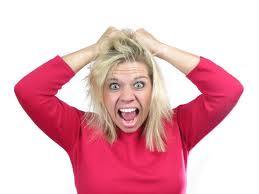
Causes Of Trichotillomania
Mental Health Issues And Other Theories
It is not yet known what causes trichotillomania, but there are several theories.
Mental health issues
According to expert opinion, trichotillomania is often a reflection of a mental health problem. Psychological and behavioural theories suggest that the hair pulling may be a way to relieve stress or anxiety.
Self-harm
Trichotillomania may be seen as a type of self-harm. This is when you injure yourself as a way to seek temporary relief from emotional distress. The pain associated with self-harm makes the brain release endorphins (natural painkilling chemicals), which cause a short-lived sense of wellbeing. Self-harm is often accompanied by feelings such as:
>self-loathing
>guilt
>low self-esteem
>low mood
>anxiety
As well as pulling your hair out, you may also self-harm in other ways, for example through cutting yourself.
Someone may start self-harming as a way to cope with a traumatic experience, such as sexual, physical or emotional abuse. Following sexual abuse, trichotillomania may be a way to make yourself less attractive or less feminine (if you are female). By making yourself less attractive, you then confirm your negative view of yourself and the cycle of self-loathing and self-harm continues.
Other Theories
Some other ideas that may contribute to trichotillomania include:
>abnormalities in the brain - scans that create images of the brain have revealed abnormalities in some people with trichotillomania
>genetics - an alteration in a particular gene may lead to trichotillomania in some people and a tendency to pull hair out may be inherited
>a lack of serotonin, the "feel-good" chemical in the brain - treatment with a selective serotonin reuptake inhibitor (SSRI), which boosts levels of serotonin, has been effective in some people with trichotillomania
>changes in hormone levels - trichotillomania is more common around ages when hormone levels frequently change, such as during puberty
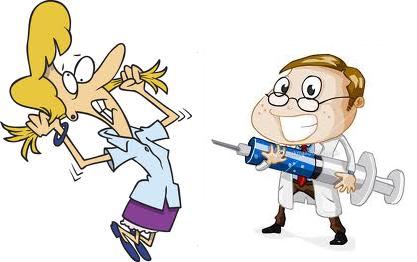
Treatment For Trichotillomania
Treating Trichotillomania Various Ways
The most successful treatment for trichotillomania is therapy to change your hair-pulling behaviour. This is combined with a network of emotional support. However, there is a lack of large-scale medical research into trichotillomania treatments, particularly for children.
Psychotherapy
Psychotherapy is a type of talking therapy that can be useful in treating emotional problems and mental health conditions. You or your child can discuss any emotional issues with a therapist.
A common type of psychotherapy that may be used is cognitive behavioural therapy (CBT). CBT can help you address your thoughts about yourself, your relationships with others and how you relate to the world around you.
CBT may also involve behavioural therapy. This aims to help you to change the way you behave, for example in reducing your hair-pulling behaviour. It may also be called habit-reversal therapy. This type of treatment could include:
>educating you about your condition and how it is treated
>making you more aware of when you pull your hair out and identifying the urges you feel - for example, you may tend to pull your hair out during stressful situations
>learning a new response to carry out when you feel the urge to pull your hair, for example, clenching your hand into a fist
>creating barriers that prevent you from pulling your hair out - for example, wearing a hat if you normally pull hair from your scalp
>getting your parents or partner involved in your treatment - they could praise and encourage you when you do not pull your hair out
Some other types of treatment are explained below. These have not been studied closely, so their effectiveness for trichotillomania is unknown.
Hypnosis
Hypnosis can be used to alter your state of consciousness and the hypnotist can then suggest to you that you change your behaviour. While you are in this altered state, you may be more likely to accept the suggested changes and stop pulling your hair out.
Relaxation strategies
Strategies that help you relax may be useful for controlling trichotillomania. This may include deep breathing exercises or tensing and then relaxing different muscles.
Emotional support
If you have trichotillomania, it is likely that you are experiencing emotional distress, such as feelings of self-loathing and guilt. It is important that you receive emotional support to cope with these feelings. This may be from your family and friends, or you could join a self-help group.
Family therapy
For young people in particular, trichotillomania can be very distressing for their families. Pulling your hair out may be a way to communicate your distress to your family, but they then feel powerless to help you. In this situation, family therapy may be suggested.
A therapist will meet the whole family and explore their views and relationships to understand the problems the family is having. It helps family members to communicate better with each other.
Family therapy is particularly useful when a child or young person has a serious problem that is affecting the rest of the family, such as trichotillomania. The family can work together to address the issue that is causing you to pull your hair out, and to seek support for the upsetting feelings this behaviour can cause other family members.
Medication
Several medications have been tried in the treatment of trichotillomania, although there have not been many large clinical trials (research that tests one treatment against another).
If the healthcare professional treating you recommends a particular medication, they should discuss the possible risks and benefits with you, including side effects.
Selective serotonin reuptake inhibitors (SSRIs)
Selective serotonin reuptake inhibitors (SSRIs) have been used to treat trichotillomania in the past, although some evidence suggests they are not effective. SSRIs are often used to treat depression and anxiety disorders.
For children under 18, the recommended SSRIs are sertraline and fluoxetine. These should only be used under supervision from a specialist in mental health, such as a specialist Child and Adolescent Psychiatrist. This is a qualified medical doctor who has done further training in treating childhood mental health conditions.
Clomipramine
Another medicine that may be used to treat trichotillomania is clomipramine. This is used to treat depressive illness or compulsive states. A child under the age of 18 being treated with clomipramine should be supervised by a specialist psychiatrist for children and adolescents.
Clomipramine has been tested as a treatment for trichotillomania and has been effective at reducing hair-pulling behaviours.
Other medicines
Small trials have been carried out for other medicines, but at the moment not enough is known about their effectiveness. There is a particular lack of research into medicines used to treat children with trichotillomania.
